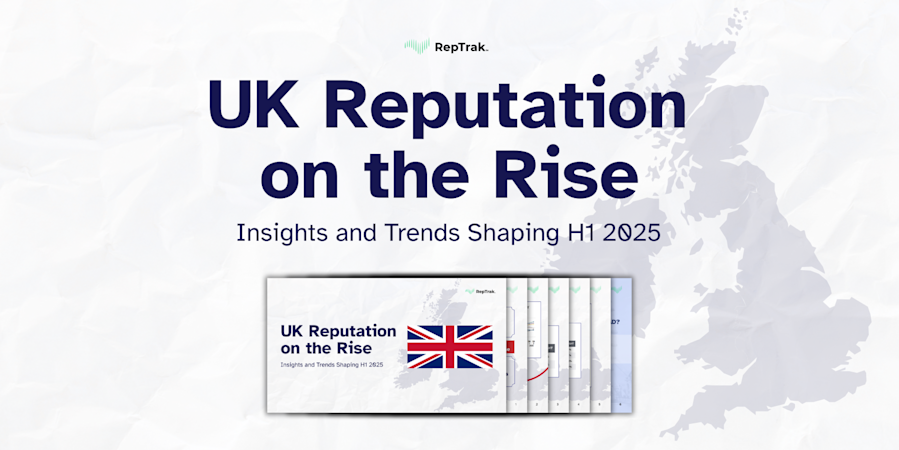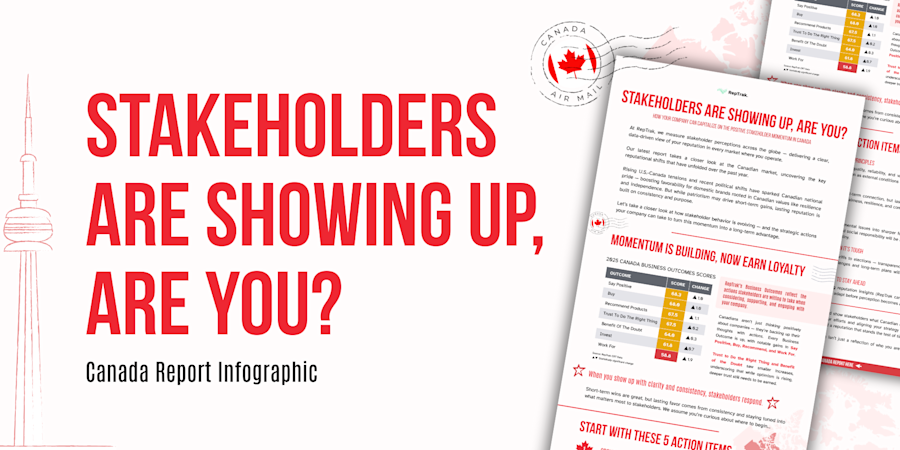Managing the Business Impact of ESG: Why Corporate Communicators Should Focus on Perception
Corporate Responsibility/ESG30 Jul, 2020
The current focus on Environmental, Social, and Governance (ESG) standards is a stark contrast with the traditional thinking that businesses should be focused solely on increasing their profits. Today, ESG criteria form the backbone of sustainable investing strategies and the public perception of companies worldwide, and both of those things have a significant impact on the bottom line—especially so in times of crisis.
To be clear: ESG is about more than mere altruism, or even simply insisting that corporations bear a responsibility to the people they serve—employees, customers, and communities, in addition to shareholders. It’s not merely “corporate responsibility” with a new name. A successful ESG-focused corporate strategy is also more than simply trying to burnish a tarnished reputation (sometimes known as “greenwashing”) through a few socially conscious acts to boost business.
Quite the opposite, in fact: ESG provides tangible proof that doing and saying the right thing is good business.
Managing risk, reaping reward
Sustainable investment funds controlled a whopping $30 trillion in assets at the start of 2018, a 34% increase in just two years, according to the Global Sustainable Investment Alliance. Some experts estimate this number may grow by an additional $20 trillion by 2028.
Why have investors been flocking to these funds? While some proponents of sustainable investing value good corporate citizenship simply because they expect more out of companies than just delivering financial returns, a growing number of investors consider ESG criteria like energy usage; employee well-being; diversity, equity, and inclusion; and ethical behavior as a strategy to reduce risks like punitive action by regulators, ethics-related executive turmoil, and even public backlashes and boycotts.
This risk-mitigation strategy has amassed a successful track record; firms like BlackRock, Allianz, and Invesco all have found that their ESG-focused funds have outperformed similar portfolios based on traditional investment criteria. There is a clear business case for companies, therefore, to actively and carefully manage their reputations with the investor community in order to be included in this desirable category.
Yet there is another sphere that is even more sensitive to ESG, and one that companies need to manage just as carefully: Public perception.
ESG drives behavior
ESG is the primary driver of consumer sentiment toward companies, especially in an era when the public is increasingly concerned about the environment, employee health and safety, and social justice. Increasingly, the public evaluates these factors (whether consciously or unconsciously) when they decide where to shop, what to buy, and where they wish to work.
Consider the nine months from late-2019 to mid-2020, when global events and the news cycle highlighted Environmental (Greta Thunberg and climate change activism), Social (response to the COVID-19 pandemic), and Governance (racial diversity) considerations. This period has directly influenced the public’s priorities, and how they choose where to spend their money.
For example, our data during the COVID-19 pandemic found that not only would 56% of respondents avoid patronizing a business if they were dissatisfied with its response to the crisis, 25% have already actively dissuaded others from doing business with those companies.
In addition, and perhaps even more important, our data has shown a nearly 1-to-1 statistical correlation between companies’ Perception-Based ESG Score™ and how willing consumers are to support the business.
To be specific, the nine ESG factors in the RepTrak: ESG model are actually strong predictors of different business outcomes. Positive scores in ESG are associated with the public giving the company the benefit of the doubt, trusting it to do the right thing, defending it in an argument, and recommending it to others.
For example, RepTrak data indicates that willingness to buy from a company is driven by perceptions of how it improves people’s lives, how it cares about employees, and the efforts it makes to reduce its environmental footprint. A strong Perception-Based ESG Score will significantly boost the general public’s support for your business.
On the other hand, underperforming in ESG factors that matter to the general public can risk your market share and license to operate.
Now more than ever, it’s crucial for companies to manage their public ESG perception through effective communications strategies so current and future consumers, employees, and investors alike will view their brands in a positive light.
Managing ESG perception
Successful companies cultivate their reputation through ESG, whether that’s via private discussions with investors and analysts, or dialogue in the public sphere.
The first step toward managing perception is for companies to know where they stand relative to their own ESG goals, as well as industry benchmarks. Companies should ensure that they are documenting and reporting all their relevant activities, to increase awareness. ESG perception evaluates the public’s thinking about those activities, so it is dependent on how well each company broadcasts its ESG progress through deliberate awareness campaigns.
Improved public perception with regards to ESG will help companies to attract and retain customers and talent, and foster recession-proof brand loyalty.
ESG, therefore, is more than just a set of criteria for risk assessment, or a way to ensure that each company holds to its own moral compass. Demonstrating concern for the environment, commitment to social good, and ethical and transparent governance—together with a focused communications strategy to promote these actions—prove that doing and saying the right thing is truly good business.
Companies can begin by recognizing that ESG is the key driver of behavior among customers, employees, and other key stakeholders who ultimately influence the bottom line. From there, ESG should remain at the center of every business strategy, message, and interaction in order to influence public behavior.
Learn how a Perception-Based ESG Score can help you assess how your ESG efforts are perceived among the informed general public. Request a demo today.
Kasper Ulf Nielsen Chief Strategy Officer The RepTrak Company






